Northrop Grumman selects Airbus to supply satellite buses for U.S. military constellation
Original Publication Date: 2022-07-05 13:30
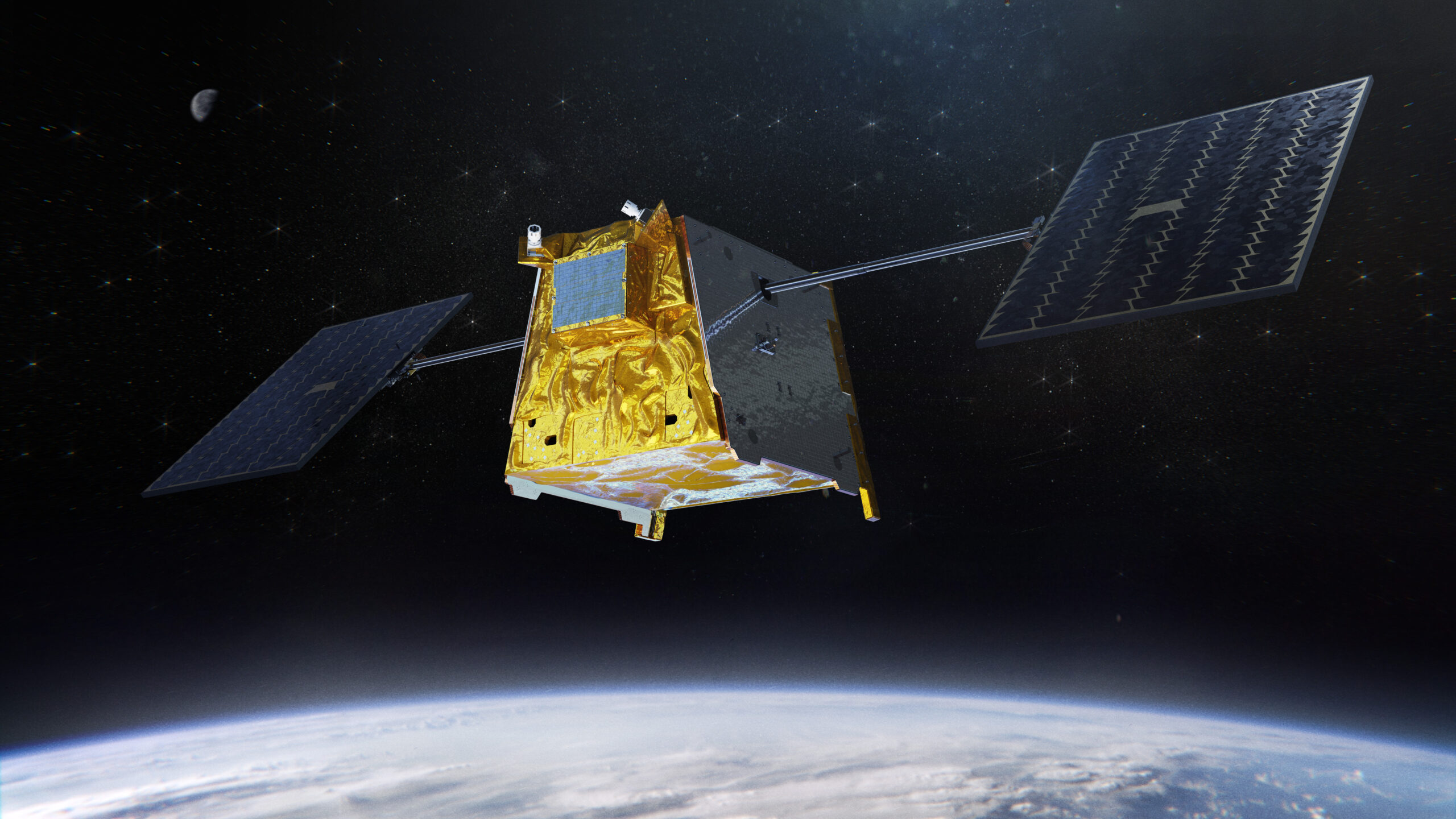
Airbus U.S. Space and Defense will produce 42 satellite buses for SDA. The buses will support military communications, surveillance and tracking of enemy targets. SDA plans to launch Tranche 1 satellites in late 2024. Northrop Grumman is the company’s first customer for the larger bus.
L3Harris makes strategic investment in Mynaric
Original Publication Date: 2022-07-06 11:04

L3Harris will invest 11.2 million euros ($11.4 million) into Mynaric. L3Harris uses Mynaric’s HAWK terminals for airborne laser communications. L3Harris said it would expand its use of Mynaric systems for other applications. Mynaric has been working with other companies to demonstrate space laser communications.
New launch vehicles set for test flights from China’s Jiuquan spaceport
Original Publication Date: 2022-07-06 09:18
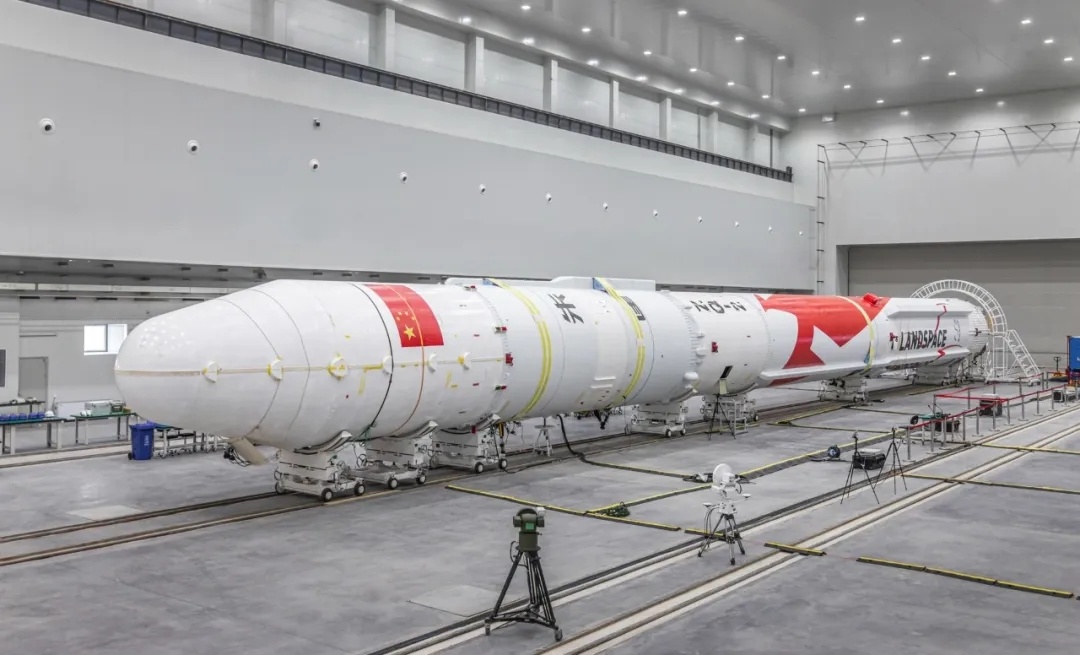
China's commercial space sector has seen a proliferation of solid launchers, with mixed success. Landspace, a Beijing-based launch startup, is working towards the launch of its Zhuque-2, methane and liquid oxygen rocket. China Rocket, a spinoff from the China Academy of Launch Vehicle Technology, has conducted a series of tests.
Kongsberg to acquire majority stake in NanoAvionics
Original Publication Date: 2022-07-05 11:32
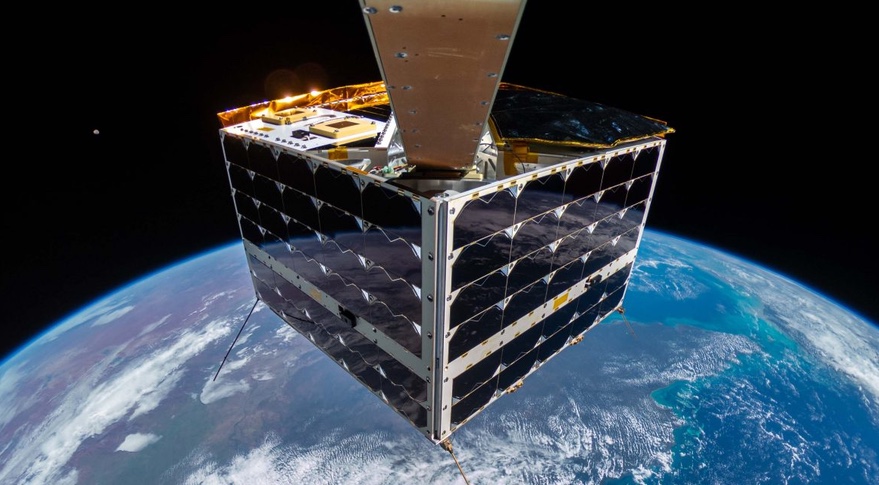
Norwegian company Kongsberg Defence & Aerospace will acquire a majority stake in NanoAvionics. The deal values the smallsat manufacturer at 65 million euros ($67 million) The deal comes a month and a half after Kongsberg ordered three smallsats from NanoAvionics.
New Zealand joins ASAT testing ban
Original Publication Date: 2022-07-04 00:33
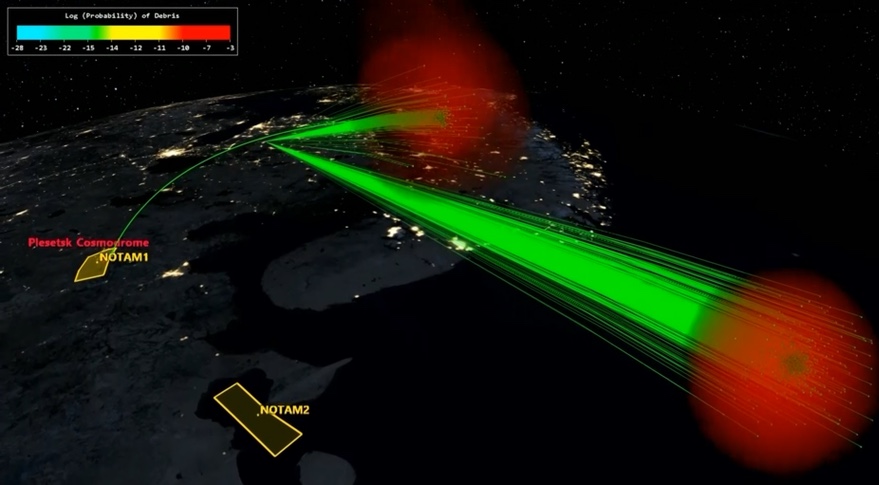
New Zealand joins U.S.-led ban on testing of destructive direct-ascent antisatellite weapons. Ban is an effort to build momentum for a global prohibition on such tests. Decision has no practical effect on New Zealand's space activities. No other countries have formally joined the ban.
Atlas 5 rocket launches two U.S. military satellites on $1.1 billion mission – Spaceflight Now
Original Publication Date: 2022-07-02 00:00
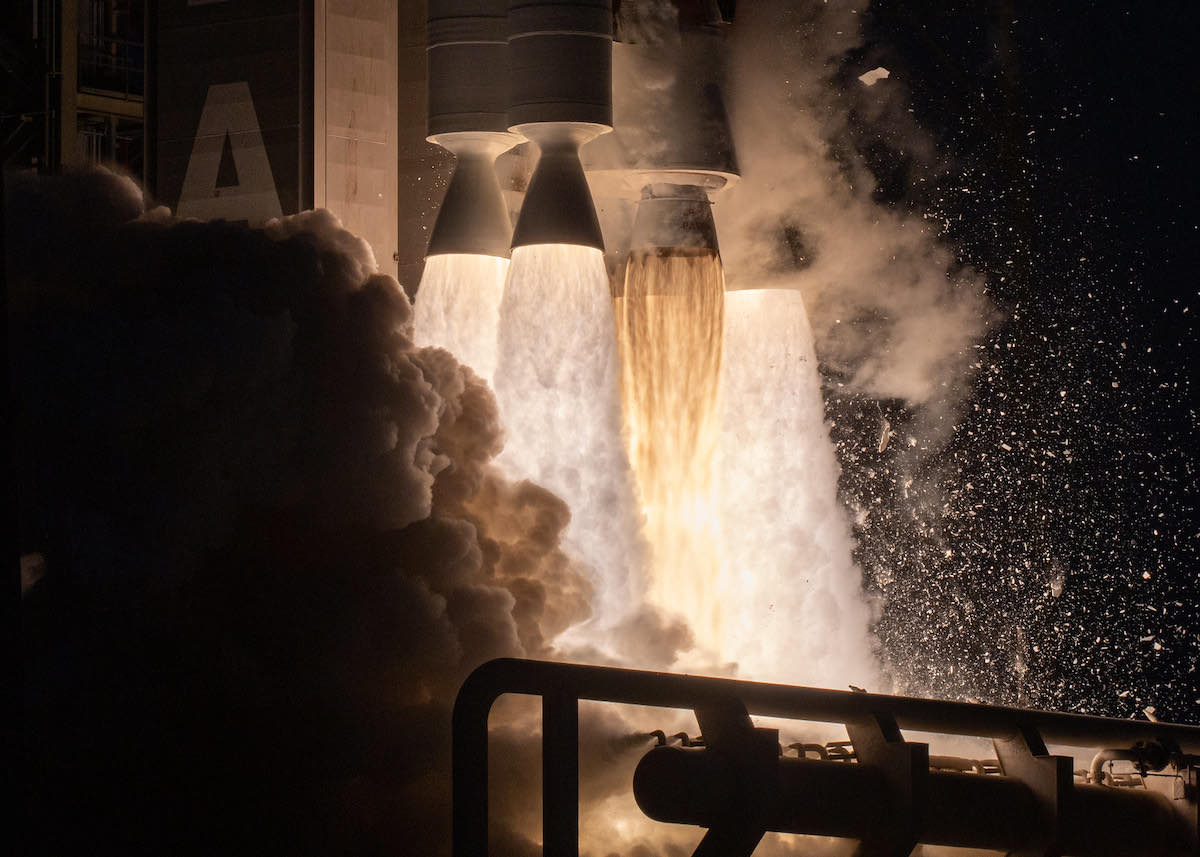
A United Launch Alliance Atlas 5 rocket fired off its launch pad at Cape Canaveral Friday on a six-hour climb to geosynchronous orbit. The mission, designated USSF-12, released the two Space Force satellites into an on-target orbit more than 22,400 miles (about 36,100 kilometers) over the equator. The spacecraft are expected to maneuver into their final operating positions a couple hundred miles lower in the geostationary belt.
In a step closer to launch, NASA’s Artemis 1 moon rocket rolls back to hangar – Spaceflight Now
Original Publication Date: 2022-07-02 00:00

The Space Launch System moon rocket was hauled from its launch pad back to the Vehicle Assembly Building at the Kennedy Space Center. The 322-foot-tall (98-meter) moon rocket rolled off its posts at pad 39B at 4:12 a.m. (0812 GMT) Saturday, about five hours behind schedule to allow time for extra inspections. A diesel-powered crawler-transporter carried the Space Launch System rocket down the ramp and along the rock-covered crawlerway on the 4.2-mile (6.8-kilometer) journey.
Atlas 5 launch scrubbed due to stormy weather – Spaceflight Now
Original Publication Date: 2022-06-30 00:00
Officials scrubbed the launch of an Atlas 5 rocket for the U.S. Space Force Thursday due to the risk of lightning from nearby thunderstorms. The launch team paused the countdown during the two-hour launch window in hopes the storms would clear the area, but persistent lightning and cloud cover forced officials to scrub the launch. The launch team drained cryogenic propellants from the Atlas first stage and the Centaur upper stage, and configured systems for another countdown beginning at 10:40 a.m. EDT (1440 GMT) Friday.
Live coverage: Atlas 5 rocket launches with experimental military payloads – Spaceflight Now
Original Publication Date: 2022-06-30 00:00
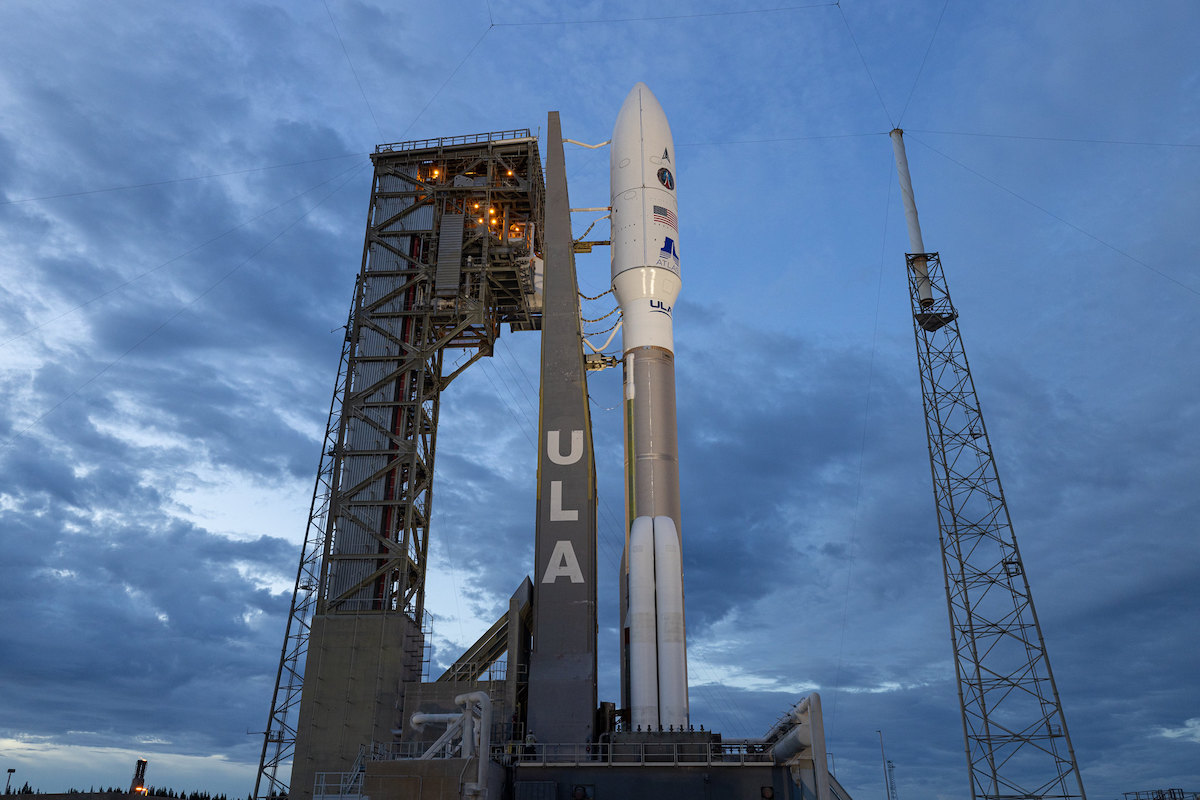
A United Launch Alliance Atlas 5 rocket lifted off from Cape Canaveral at 7:15 p.m. EDT (2315 GMT) Friday, carrying two experimental satellites. The mission, designated USSF-12, was set to lift off Thursday, but the threat of lightning around the spaceport caused officials to scrub the launch attempt. The mission is the fourth Atlas 5 flight of the year, and the 94th launch of an Atlas 5 rocket overall.
Indian rocket launches three satellites for Singapore – Spaceflight Now
Original Publication Date: 2022-06-30 00:00
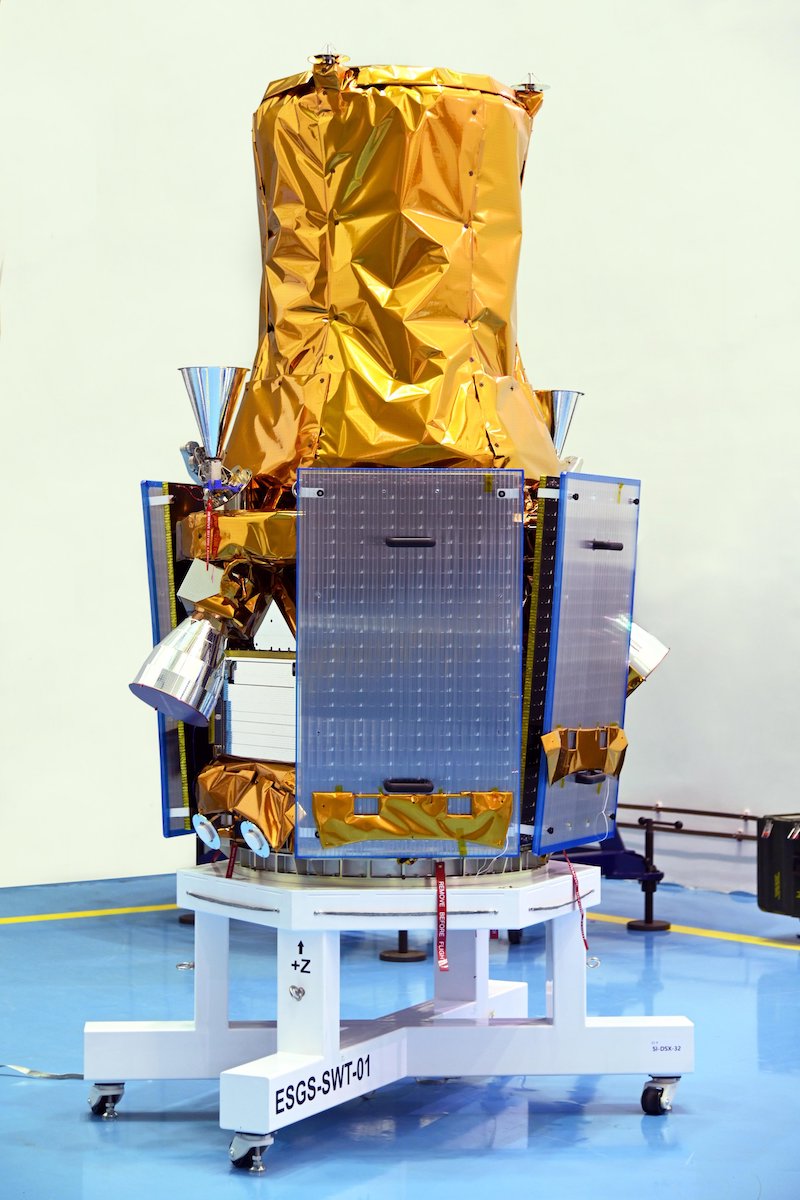
Three Singaporean satellites launch from India on an Indian Polar Satellite Launch Vehicle. The primary payload is the DS-EO satellite, a high-resolution Earth-imaging spacecraft. Singapore’s first radar observation satellite, named NeuSAR, also rode to orbit on India’s Polar Satellite Launch vehicle. The third Singaporean satellite is a CubeSat developed at a Nanyang Technological University.
NASASpaceFlight.com
China launched the Gaofen-12 03 mission on board a Chang Zheng 4C today at 15:46 UTC. The launch occurred from the Jiuquan Satellite Launch Center (JSLC) in China and was confirmed to be a success minutes after liftoff.
Commercial Archives
Virgin Orbit launches its fifth LauncherOne rocket on Friday. The launch was scrubbed on Wednesday because of the temperature of the propellant. The Straight Up mission will take seven satellites from the US Space Force and NASA to low Earth orbit. The launch was Virgin Orbit’s first nighttime launch.
International Archives
June 2022 was yet another busy month on the International Space Station (ISS) New spacecraft arrivals, departures, and intriguing research performed by the Expedition 67 crew. New spacecraft arrivals, arrivals, and intriguing research were performed by the ISS crew. New spacecraft departures, arrivals, and fascinating research performed by the expedition crew.
Chinese Long March 3B Launches APStar-6C Communications Satellite – Spaceflight101

China conducted a rare commercial launch of a Long March 3B rocket with the APStar-6C communications satellite. Long March 3B lifted off from the Xichang Satellite Launch Center at 16:06 UTC on a mission of under half an hour to lift the spacecraft into an elliptical Geostationary Transfer Orbit. Confirmation of launch success was provided by APT Satellite around 40 minutes after liftoff when the satellite had been separated into its target orbit.
Blue Origin’s New Shepard Reaches new Heights in latest Test Flight – Spaceflight101

Blue Origin returned to its West Texas testing grounds on Sunday for the eighth flight of its reusable New Shepard launch system. Sunday’s flight marked the second for this particular set of hardware, following up on the successful December 2017 mission that debuted “Crew Capsule 2.0” The mission was designed to expand the vehicle’s operational envelope by sending it to a peak altitude of 107 Kilometers, a new record for New Shepard.
News – Spaceflight101
The White House is celebrating its 50th anniversary this year. President Barack Obama will mark the occasion with an official ceremony on Friday. Obama will be joined by first lady Michelle Obama and first lady Michelle Obama. The event will take place in Washington, D.C. On November 11 and 12.
ISS Updates – Spaceflight101 – International Space Station

A veteran NASA spacewalker and an EVA rookie from Japan ended their week with nearly six hours of work outside the International Space Station. The restoration of the Station’s Mobile Servicing System started last year and continued in January to provide Canadarm2 with a new pair of grappling hands.
My Favorite Martian Image: ‘Enchanted’ Rocks at Jezero Crater

The rocks of the crater floor are igneous in origin, having formed billions of years ago. Over time, mud, silt, and sand brought into the lake that filled Jezero compressed and solidified into thin layers of sedimentary rock. If microscopic organisms were also present during sedimentary rock formation, they could have been captured within the layers.
NASA’s Stratospheric Balloon Mission Gets Telescope With Giant Mirror
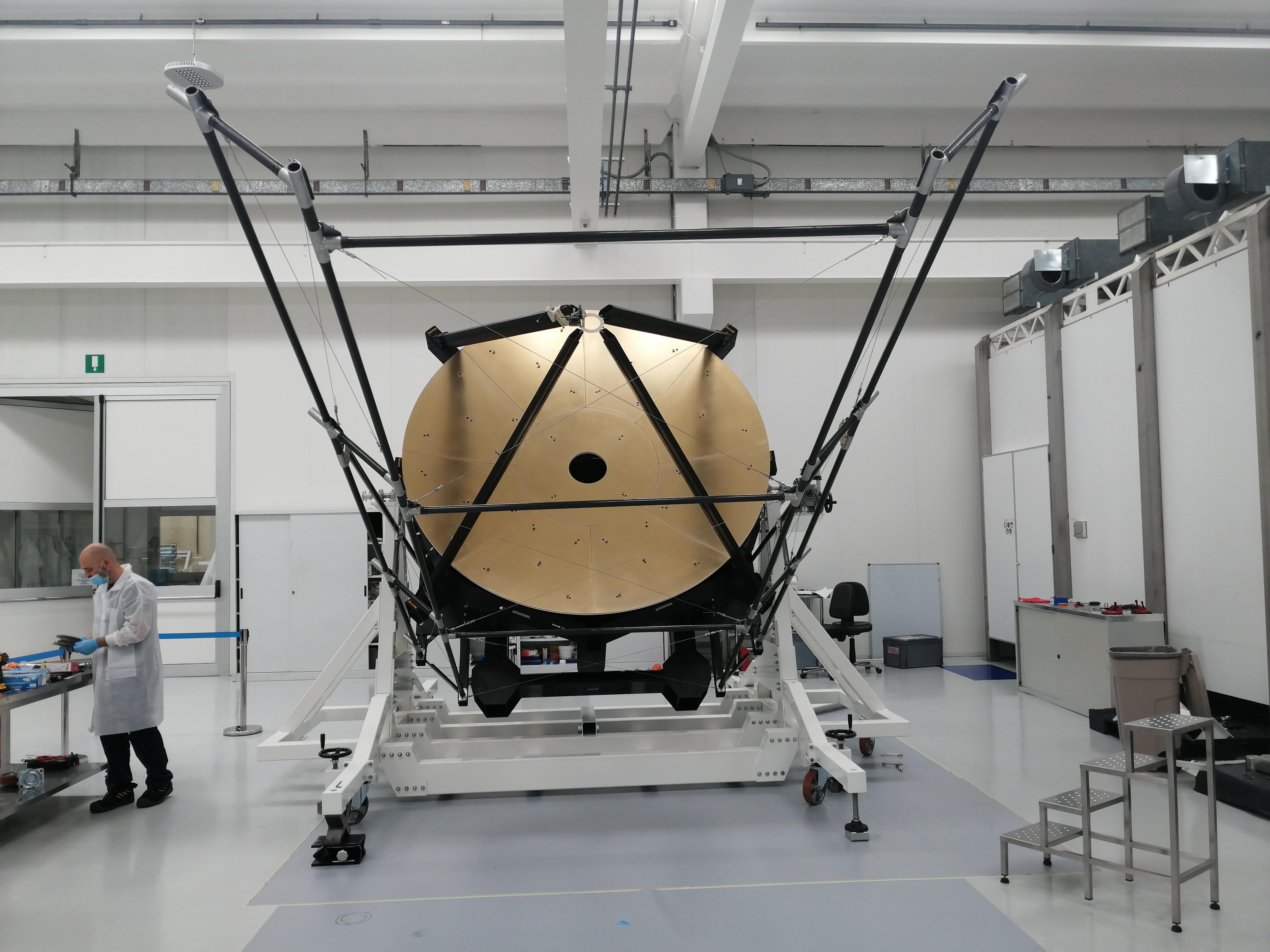
The ASTHROS primary mirror features nine panels, which are significantly easier to fabricate than a one-piece mirror. The bulk of the mirror panels consist of lightweight aluminum, formed into a honeycomb structure that reduces its total mass. Media Lario will deliver the full telescope unit to NASA in late July.
Swarm of Tiny Swimming Robots Could Look for Life on Distant Worlds

Swarm of robots could explore much more of our environment than a single cryobot would allow. Each robot would have its own propulsion system, onboard computer, and ultrasound communications system. Chemical sensors to monitor for biomarkers – signs of life – will be part of Phase II study.
Help NASA Scientists Find Clouds on Mars

Cloudspotting on Mars is the first planetary science project to be funded by NASA’s Citizen Science Seed Funding program. The project revolves around a 16-year record of data from the agency’s Mars Reconnaissance Orbiter (MRO), which has been studying the Red Planet since 2006.
NASA’s Curiosity Takes Inventory of Key Life Ingredient on Mars

The experiment used oxygen and heat to convert the organic carbon to carbon dioxide (CO2) This process also allowed SAM to measure the carbon isotope ratios, which help to understand the source of the carbon. Isotopes are versions of an element with slightly different weights (masses) due to the presence of one or more extra neutrons in the center of their atoms.
Two new rotating radio transients discovered by astronomers

Russian astronomers have carried out a search for rotating radio transients. They report the detection of two new RRATs as part of this observational campaign. RRATs are a subclass of pulsars characterized by sporadic emission. Both RRATs were found far beyond the plane of the Milky Way galaxy.
Exploring the true face of a unique globular cluster in Sagittarius
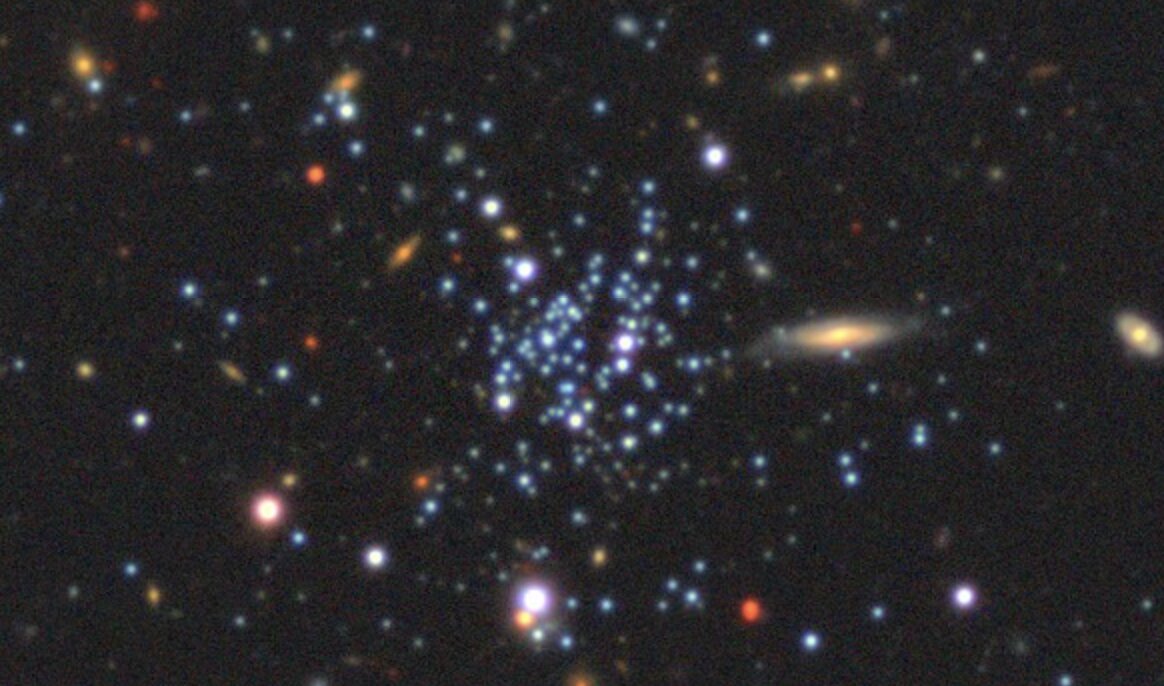
Whiting 1 is a faint and young globular cluster embedded in the Sagittarius stream. Astronomers are more inclined to believe Whiting 1 is a child of the Sagittarius dwarf galaxy. This work provides additional evidence that a dwarf galaxy can host globular clusters and contribute to the building of the galactic halo.
8,000 kilometers per second: Star with the shortest orbital period around black hole discovered
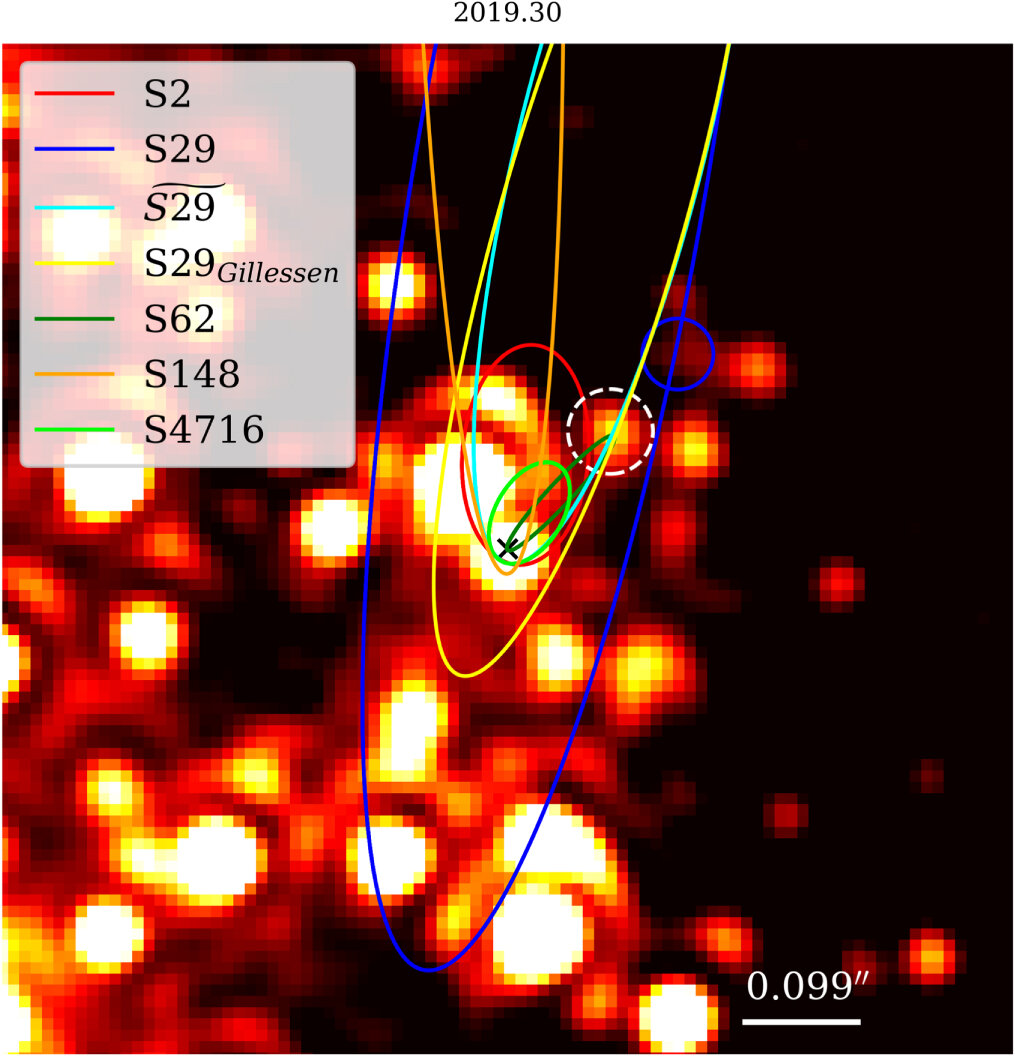
Researchers at the University of Cologne and Masaryk University in Brno (Czech Republic) have discovered the fastest known star. The star, S4716, orbits Sagittarius A*, the black hole in the center of our Milky Way, in four years. The discovery sheds new light on the origin and evolution of the orbit of fast-moving stars in the heart of the Milky Way.
NASA: Contact lost with spacecraft on way to test moon orbit
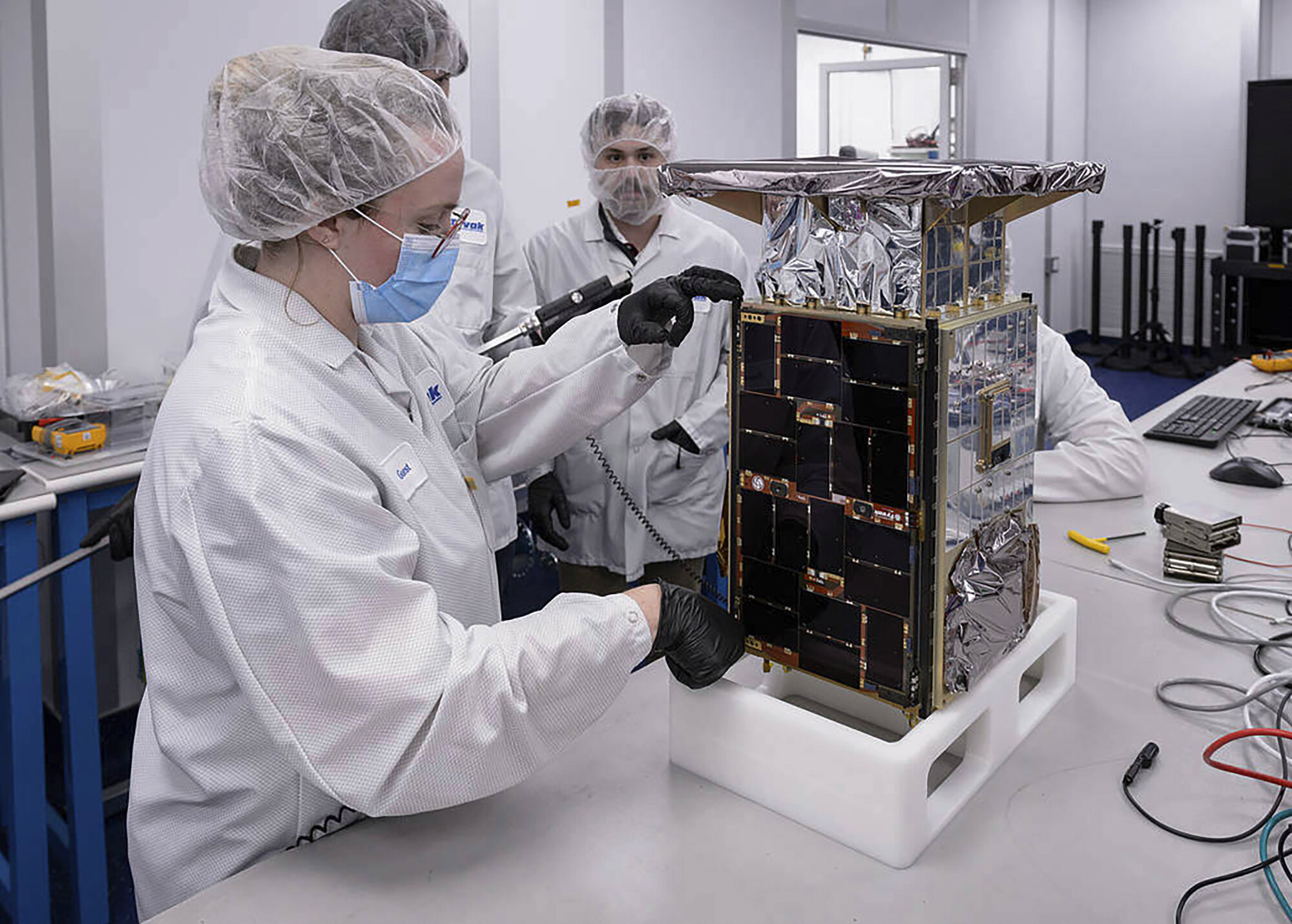
NASA said Tuesday it has lost contact with a $32.7 million spacecraft headed to the moon to test out a lopsided lunar orbit. Engineers are trying to find the cause of the communications drop-off and are optimistic they can fix it. The 55-pound satellite is the size of a microwave oven and will be the first spacecraft to try out this oval orbit.
Cosmic radio pulses probe hidden matter around galaxies
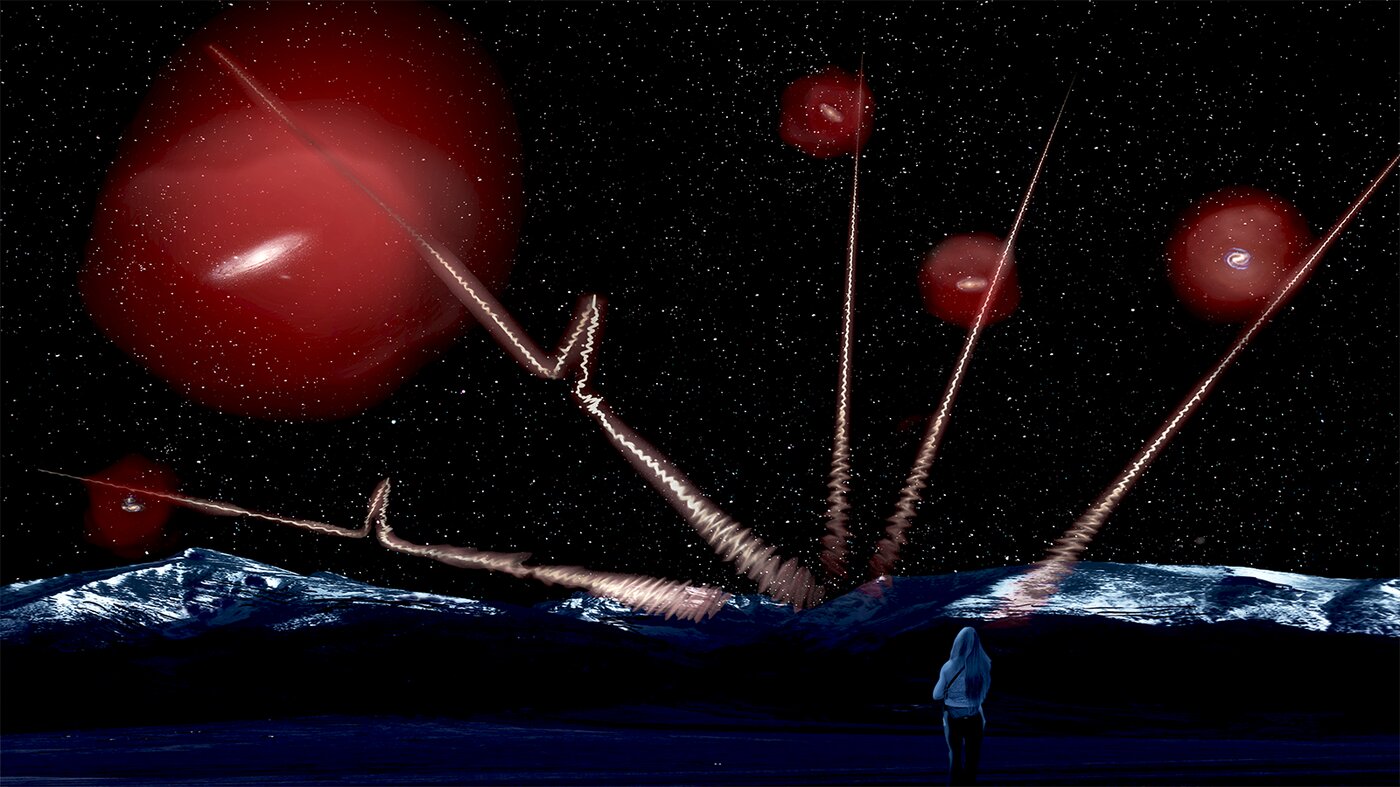
Fast radio bursts, or FRBs, are pulses of radio waves that originate millions to billions of light-years away. As the radio pulses travel toward Earth, the gas enveloping the galaxies is expected to slow the waves down and disperse the radio frequencies. Caltech researchers have plans to build an even bigger array, the DSA-2000, which will include 2,000 dishes.
